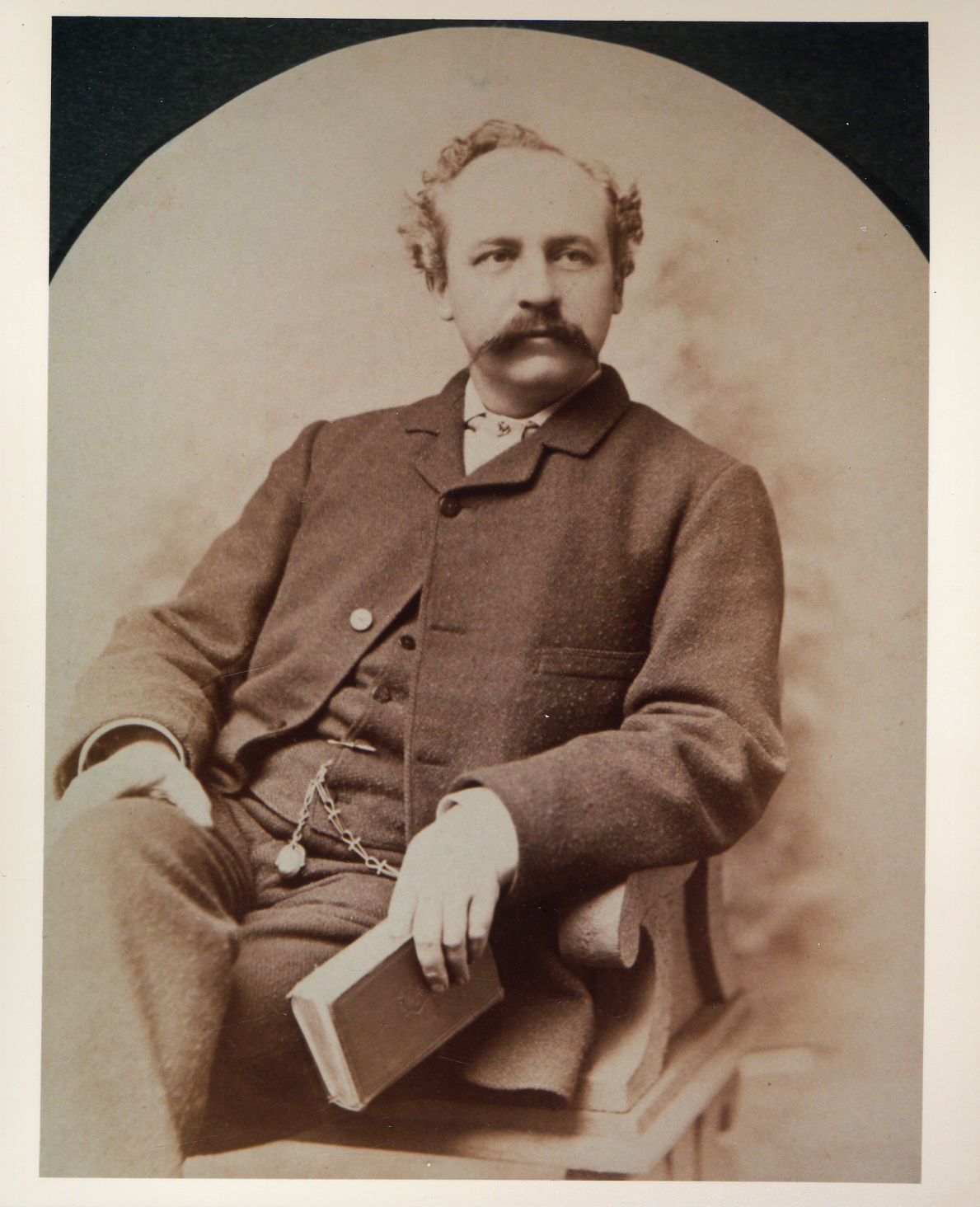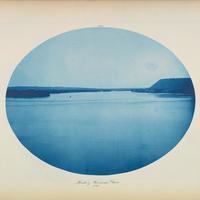More about Henry Peter Bosse
Works by Henry Peter Bosse

Sr. Contributor
Henry Peter Bosse was born on November 13, 1844, in Sonneburg, Magdeburg, Prussia, at the estate of his grandfather, General Neithardt V. Gneisenau, MAYBE.
There seems to be somewhat of a question if that is actually true; it does have that information on his tombstone, but efforts to verify any of his early life have not gotten very far or have led to dead-ends. He also supposedly studied at the University of Magdeburg, but again, there are no records of his attendance there. In the end, though, where he was born isn’t as important as what he accomplished in his life.
We do know that Bosse emigrated from Germany to the United States around 1870 and lived in Chicago, where he worked at a book and stationary store, then later as a bookkeeper for a construction company. He found his true calling when he joined the U.S. Army Corps of Engineers at St. Paul, Minnesota, where he started out as a draftsman and was later transferred to work on the Upper Mississippi Improvement project at Rock Island, Illinois. It was from here that he began what would become his life’s work: creating a record of improvement projects, mainly reshaping a stretch of the river with a 4.5 foot channel from St. Paul to St. Louis, as well as general views of the Upper Mississippi River and tributaries between Minneapolis and St. Louis.
Bosse accomplished this by making maps and drawings, and most importantly, through photography. The photographic method he favored is an uncoated paper process known as the cyanotype, which produces a beautiful, blue-tinted image when processed and printed. He probably did not choose this method for aesthetic reasons, but for more practical ones: low costs and ease of processing (no darkroom needed!). These kinds of printed images were also known as blueprints, and were widely used for architectural plans, engineering drawings, ship-building, and other uses. The “blueprint” is no longer in use for this purpose, but the term is still used to refer to design drawings or renderings.
By the time Bosse was near the end of his career, he had taken and processed around 300 photos of the Mississippi, with images of islands and banks, bridges, vegetation, fields, bluffs, and wing dam construction (walls of rock on either side of the river), even the Iowa State Penitentiary, with most, if not all, printed as cyanotypes. Some of these photos were bound into leather-wrapped albums, with each bearing a hand-lettered description; the albums were given to different higher-ups of the Corps of Engineers. The prints were also exhibited at the 1893 World’s Columbian Exposition in Chicago.
While Bosse was not really recognized for his artistic contributions during his lifetime, he was well regarded by his colleagues in the Corp of Engineers; they would later name a towboat after him. The 100-foot sternwheeler Vixen was renamed the Henry Bosse in 1908; unfortunately, it was lost when it capsized in 1913. Bosse himself might have been lost from history had it not been for an album of his photos that went up for auction at Sotheby’s in 1990. The album had belonged to his boss, Major Alexander Mackenzie, and, after the auction, brought Bosse his long-overdue recognition. Sotheby’s commented that Bosse’s “sumptuous blue studies awed everyone…(and) sparked a wave of Bosse interest, not only among the bidders at the auction, but across the United States.”
Sources
- Arland-Fye, B. (2001, November 24). River treasures: Quad-citian who chronicled the Mississippi river gains fame almost a century after his death. The Quad-City Times. https://qctimes.com/news/river-treasures-quad-citian-who-chronicled-the…
- Henry Bosse. Smithsonian American Art Museum. (n.d.). https://americanart.si.edu/artist/henry-bosse-6667
- Inductees. National Rivers Hall of Fame Inductees. (n.d.). https://www.rivermuseum.com/national-rivers-hall-of-fame-inductees/indu…
- mohsen497, A. (2016, October 25). Cyanotypes of Henry Bosse. 4.341 INTRO TO PHOTOGRAPHY AND RELATED MEDIA. https://mitphoto2016.wordpress.com/2016/10/25/cyanotypes-of-henry-bosse/
- Public Broadcasting Service. (1992, May 3). Bosse Part 1. PBS. https://www.pbs.org/video/bosse-part-i-16634/
- Ritzenthaler, M. L., & Vogt-O'Connor, D. (2010). Photographs: Archival care and management. Society of American Archivists.
- Roba, W. (1992). Draughtsman, Photographer, Artist. Who was the Mysterious Henry Bosse? Ramsey County History, 27(4).
- Station, E. (2012, May 8). What is a cyanotype? The Experiment Station. https://blog.phillipscollection.org/2012/05/04/what-is-a-cyanotype/
- U.S. Department of State. (n.d.). Art in Embassies: Henry Bosse. U.S. Department of State. https://art.state.gov/personnel/henry_bosse/
Featured Content
Here is what Wikipedia says about Henry Peter Bosse


Henry Peter Bosse (1844–1903) was a German-American photographer, cartographer and civil engineer.
Biography
- 1844: Henry Peter Bosse is born November 13 at his father's estate, Sonnedorf in Prussian Saxony, where he spends his childhood. Little is known about Bosse's early life and education in Germany, although his surviving family asserts some connection to Abraham Bosse (1620–1676), the famous French engraver and topography theorist. Henry Peter Bosse claimed to be the grandson of Count August Neidhardt von Gneisenau.
- 1870: Henry Peter Bosse settles in Chicago upon emigrating to the United States. He finds employment in the stationery business. By the 1880s Bosse is employed as a draughtsman and cartographer with the Army Corps of Engineers at Rock Island, Illinois. Between 1882 and 1892 he photographs the upper Mississippi River with a passion for the land and the place.
- 1893: Henry Peter Bosse publishes his large format Views on the Mississippi River between Minneapolis, Minn and St. Louis, Mo. 1883–1891 as bound albums of meticulous, blue cyanotypes. One of these albums came into the possession of Alexander Mackenzie, Army Corps Chief of Engineers. Each of the 169 Mackenzie album cyanotypes is printed using an oval mask, and each is titled by Bosse in hand-written ink.
- 1894–95: Henry Peter Bosse's album Views on the Mississippi River between Minneapolis, Minn and St. Louis, Mo. 1883–1891 is shown at the World Columbian Exposition of 1893 in Chicago, a turning point in photographic history.
Check out the full Wikipedia article about Henry Peter Bosse











